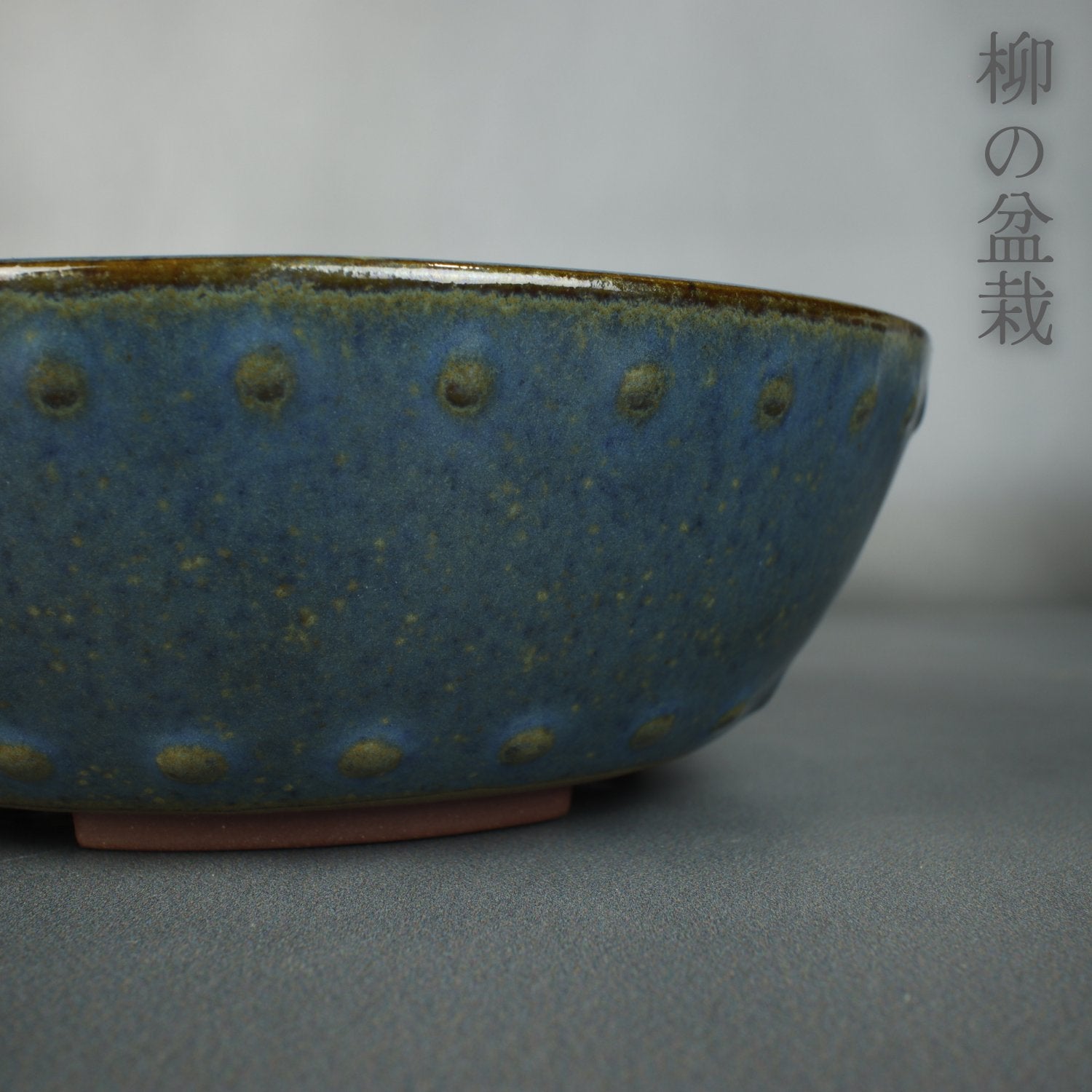

In short no. Bonsai just have a different set of techniques and lessons to learn then what you would be used to in regular gardening. Once you understand how bonsai live and grow you will have great success but if you don’t learn this information first your bonsai journey could be difficult. So lets take a look in this article at some of the nuances of caring for bonsai.
This is probably the big one so we will start here. When we talk about regular gardening or even just regular pot plants we have a really big pot or garden bed and lots of organic soil that holds moisture really well. When we talk about bonsai we have a very small and shallow pot with in organic soil that’s very open and well draining. So when it comes to watering a bonsai the watering will be a lot more frequent then in a regular gardening situation because the tree doesn’t have any reserves, it cant spread its root system and search for water because if there’s no water in the pot then there’s simply no water available to the tree. People often refer bonsai to trees in nature which can be dangerous to their understanding of bonsai. In terms of watering people say that trees in nature only get water when it rains and they go weeks without water, but trees in nature have a giant tap root that goes deep down into the earth where there is a constant supply of moisture for the tree to draw from. Bonsai is completely separate from nature as we become its only source for everything it needs. We also need to adjust our watering to the trees needs on any given day, some days you might water twice others you might not water at all, by learning proper watering you will have won half the battle of keeping your bonsai alive and healthy.
There is a lot of misconception that bonsai is actually an indoor hobby but with the amount we see them on tv and in movies sitting in living rooms and on office desks its no wonder this is the thought. Even big box retailers sell them as indoor plants, but this myth needs to be dispelled. There are a hand full of people out there that will defend indoor bonsai to the very end but in my experience these are people who have no choice but to have them indoors if they want to practise the art of bonsai. This is where grow lights and all sorts of work arounds come into play and even though some trees can survive indoors this doesn’t mean they thrive indoors. But for information’s sake if you are still going to try indoor bonsai stick to tropical species such as ficus. Lets talk a little bit further though about the importance of having your trees outside if you want top quality bonsai. Plants make their food ( Glucose ) from photosynthesis ( from sunlight ). So without sunlight the tree receives no food. This also has to be unfiltered sunlight so the tree cant be behind glass or under plastic roofing, its common that people think that just because there is light on the tree it is sufficient. We have a full article here on photosynthesis if you want to go deeper.
If your tree is out in the sunlight it will also keep smaller tighter foliage as well which is half the battle of creating an intricate bonsai design, when a tree is away from sunlight it will put on larger leaves to help it raise its chances of catching some sunlight by having a bigger leaf surface area, so a common side effect of having trees inside is larger and more spread out foliage. Temperate species also require both growing seasons and dormant seasons, the only way a tree can tell when these season are changing is with both daylight hours and temperature, if a tree is indoors it cant tell properly how long the days are and most of the time a house will be temperature controlled to suit human comfort so the tree cant tell what time of year it is in to regulate its growth cycles.
Another advantage to having your tree outside is wind flow, this is another important part of the trees cycle of producing food for itself as it takes in carbon dioxide and releases oxygen, indoors this process is slowed down significantly.
Remember when we spoke about watering earlier and I mentioned that in a bonsai pot any resource the tree needs we have to provide? Well this is especially true for fertilizer. Fertilizer isn’t food for trees but it is nutrients that help it efficiently grow and thrive. In nature a tree can draw nutrients from the organic soil it grows in, things like leaf matter breaking down and other organic matter breaking down provides nutrients. In a bonsai pot we have in organic soil that is relatively inert for the most part, the cation exchange capacity ( ability to hold nutrients ) is low. We need to stay on top of our fertilization so that the tree has everything it needs to thrive , but we also need to be calculated about our fertilizer. In a regular garden you kind of just throw it on and forget about it because you don’t have any particular goals accept for keeping the plant healthy, In bonsai we have goals like short internode length, smaller more compact growth and also above all the health of the tree. But we have to be able to balance these things. So learning correct timing and application of fertilizer can have you 1 step ahead of the game.
A lot of people assume we prune out bonsai just to keep them in shape, but much like the fertilizer we need to be strategic about how we prune our little trees. Bonsai don’t have an unlimited set of resources so if we exhaust its resources it uses to grow we exhaust the tree. So when a bonsai puts on new growth we need to allow the tree time to get back the energy it gave to put out the new growth by allowing it to photosynthesis with its extra leaves, once the tree has regained its energy we can then reduce the foliage back to the desired length. If we cut this growth off every year as soon as it shoots we are effectively weakening the tree as it needs to survive off its older growth that isn’t as efficient as the newer growth and the tree will keep trying to shoot its new growth every time you prune further weakening the tree, so being strategic about your pruning can be a big advantage to a healthy bonsai. We also need to keep in mind that there are special bonsai tools made for pruning bonsai, each tool does a different job so its good to learn a little bit about bonsai tools. Here is a guide on some basic bonsai tools. But for general pruning you will need a good quality set of sharp bonsai scissors that will cut clean rather then crush the branch to help stop die back and promote faster healing.
This is probably the biggest divider of bonsai enthusiasts but maybe the most common ground between bonsai professionals. At the enthusiast level you have those that use either organic soils in their pots or in organic soils, at the professional level you pretty much only see in organic soils ( there might be some outliers but im yet to see them ). It is very hard to over water a tree in the in organic soils as they are very well draining and don’t hold excess water unlike the organic soils which can become very soggy. This is especially true in a small shallow pot that has a low gravity column which makes it harder for soils to drain. You also get smaller finer root growth in the in organic soils which means a few things, more surface area or roots in the limit pot space which can help with more efficient water and nutrient delivery and also better defence against pest and disease. Smaller roots also means smaller finer growth on the top of the tree which fits in well with the bonsai design. In organic soils also allow us greater control over our fertilizer to get accurate results where as the organic soils hold a lot of nutrients and it can be harder to control our results.
So as you can see these are just a few things that need to be learnt to have success in bonsai, it is really no harder then other types of horticulture but it is much different. By learning the unique set of techniques and guidelines for bonsai you will find it is easy to keep them alive and thriving.
If you wish to learn a solid foundation in bonsai consider joining our online bonsai beginners course where you'll be taken through all the basic fundamentals you need to know over 4Hrs of video lessons.
Savings opportunities
Shop Tools And Accessories

Author : Joshua Hooson
Joshua Hooson is an author and enthusiast of the art of bonsai. He has built his knowledge and understanding of bonsai through a combination of self-experience, lessons learned through hands-on practice, and extensive research. His articles reflect his passion for the subject and offer insights gained through his own personal journey in the world of bonsai. All the information provided in his works is a result of his own experiences and the knowledge he has gained through his studies. He is dedicated to sharing his love of bonsai and helping others grow in their understanding and appreciation of this ancient and beautiful art form.












